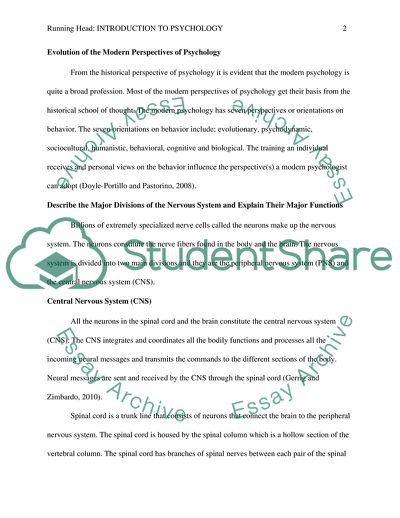Cite this document
(The History of Psychology and the Evolution of Its Modern Assignment - 4, n.d.)
The History of Psychology and the Evolution of Its Modern Assignment - 4. https://studentshare.org/psychology/1748489-introduction-to-psychology
The History of Psychology and the Evolution of Its Modern Assignment - 4. https://studentshare.org/psychology/1748489-introduction-to-psychology
(The History of Psychology and the Evolution of Its Modern Assignment - 4)
The History of Psychology and the Evolution of Its Modern Assignment - 4. https://studentshare.org/psychology/1748489-introduction-to-psychology.
The History of Psychology and the Evolution of Its Modern Assignment - 4. https://studentshare.org/psychology/1748489-introduction-to-psychology.
“The History of Psychology and the Evolution of Its Modern Assignment - 4”. https://studentshare.org/psychology/1748489-introduction-to-psychology.


